
Don’t be fooled by the overly stylistic photos here: these are not staged photographs or complete fictions but spontaneous moments that Max Pinckers has allowed to unfold in front of his camera. Pinckers’ photographs play a game with his viewer: what’s real and what’s staged, and does any of that really matter?
Pinckers’ photos are humorous, vibrant, and eerily peculiar. The world he creates gives the sensation that there is something happening beneath the surface, a murkier underbelly to their shiny exterior. Pinckers tells TIME, “I like to leave things open and just sort of suggest certain things.” Subjects don’t make eye contact, there’s no explanation for groups of policemen, teenagers, or salarymen meeting on the streets, and cats cosplay as emperors. Pinckers’ photographs show a strange and mysterious world, where things seem to happen just outside our view.
To create these photos, Pinckers approaches each image with a mixture of spontaneity and control. With a uniform aesthetic of bright colors and dramatic lighting, a bit a direction to his subjects, Pinckers lets intuition and chance guide the images. “These images are spontaneous, but that fact that they are lit in a theatrical way, or the way they are framed and composed can almost seem too good to be true,” Pinckers tells TIME, “but I am making documentary work — just maybe in a different way.”
Pinckers joined the Magnum Photos agency in June 2015. His beautifully stylistic photos deal with a range of topics, from the influence of Hindu films on everyday Mumba to the life of transgender women in Thailand. In his latest series, Two Kinds of Memory and Memory Itself, he explores the disconnect of Western ideas on Japanese culture.
The series began in 2015 when Pinckers was invited to Japan as part of “European Eyes on Japan/EU-Japan Fest”, a project which invites photographers from around Europe to create work within each of the prefectures in Japan. When Pinckers arrived in Saitama, the prefecture he was assigned, he realized his preconceptions of the country and its culture had been deeply exaggerated. “It really didn’t stroke with my expectations,” Pinckers tells TIME, “so I decided to stage these photographs to create images that do fit with the stereotypical ideas of Japan that I found weren’t really there.”
It may seem like an odd fit for Pinckers as a nominee at Magnum Photos, a collective heavily tied to the tradition of documentary photography and photojournalism. But Pinckers makes clear he feels confident with his role as a nominee, saying that “a very important part of my work is how it’s read. For me, it’s vital that it remains in the field of documentary photography. Because if you take that context away, then you could just say ‘okay this is all fiction’ and through being a part of Magnum, that connection to direct truthness is much stronger.”
At the heart of all his work, Pinckers is concerned with questions of what makes a photograph seem real, how we perceive reality in photography, and how those ideas can be pushed through photography. “I want people to think about what and how they see. To think about the constructions behind photographs, how images in documentary are so much more about bringing a story and a narrative rather than the facts.” As for those who don’t see the practice of documentary having room for staged work, in any regard, Pinckers has a message: “[People who believe that] are missing out on a very large part of storytelling opportunities. At the end of the day, it’s really about how you tell the story. Doesn’t matter if it’s true or not, it’s what you’re trying to say that’s true. And if you constrict yourself by such immense and dogmatic ideas, you’re shoving a huge part of the possibilities off that table. And I think that’s really the medium stopping itself from using its full potential.”
Max Pinckers is a photographer and current nominee at Magnum Photos. Pinckers’ work is currently a part of the “New Blood” exhibition on view at Milk Studio in New York until May 8th.
Cassidy Paul is a contributor for TIME LightBox. Follow her on Instagram.

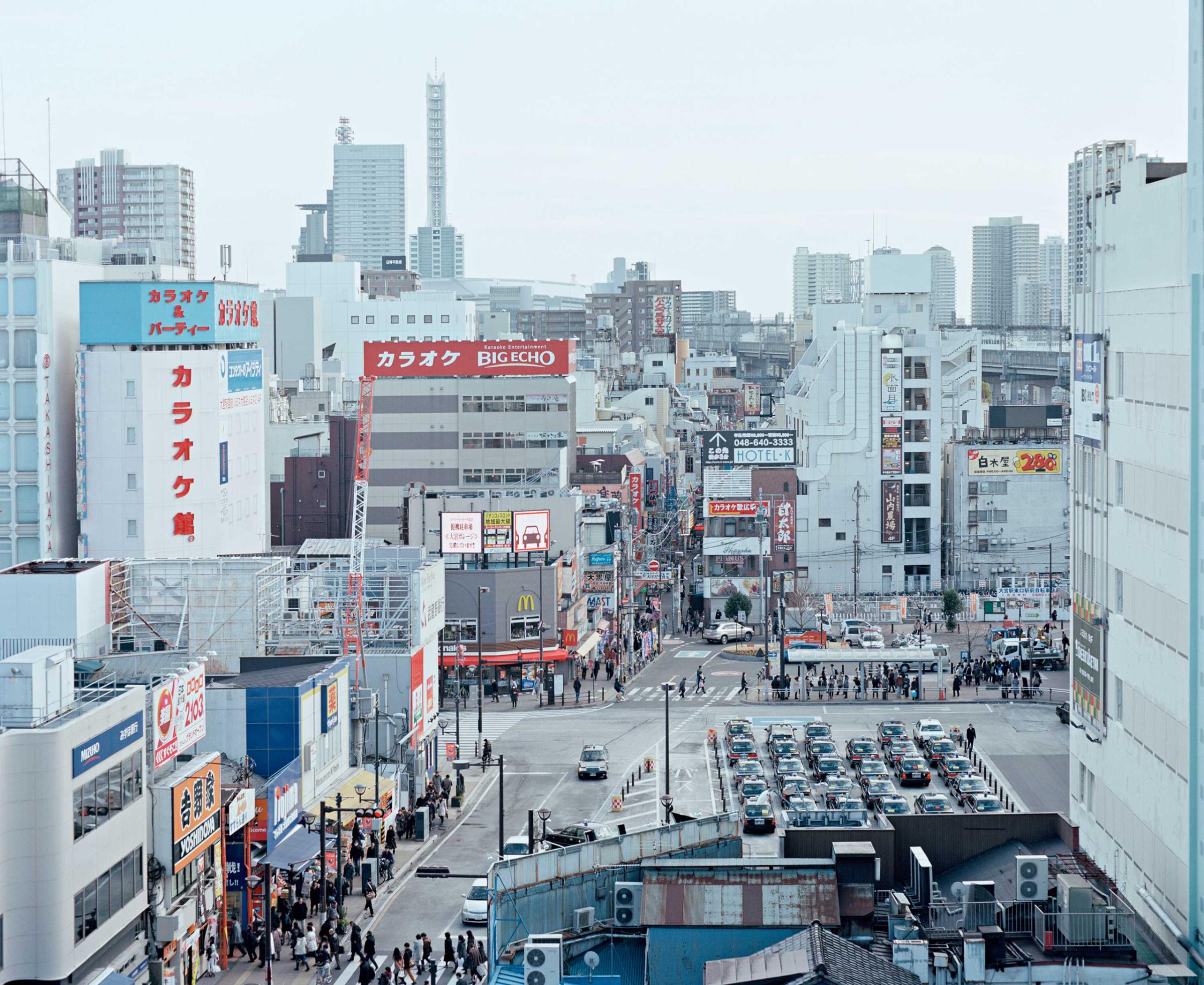



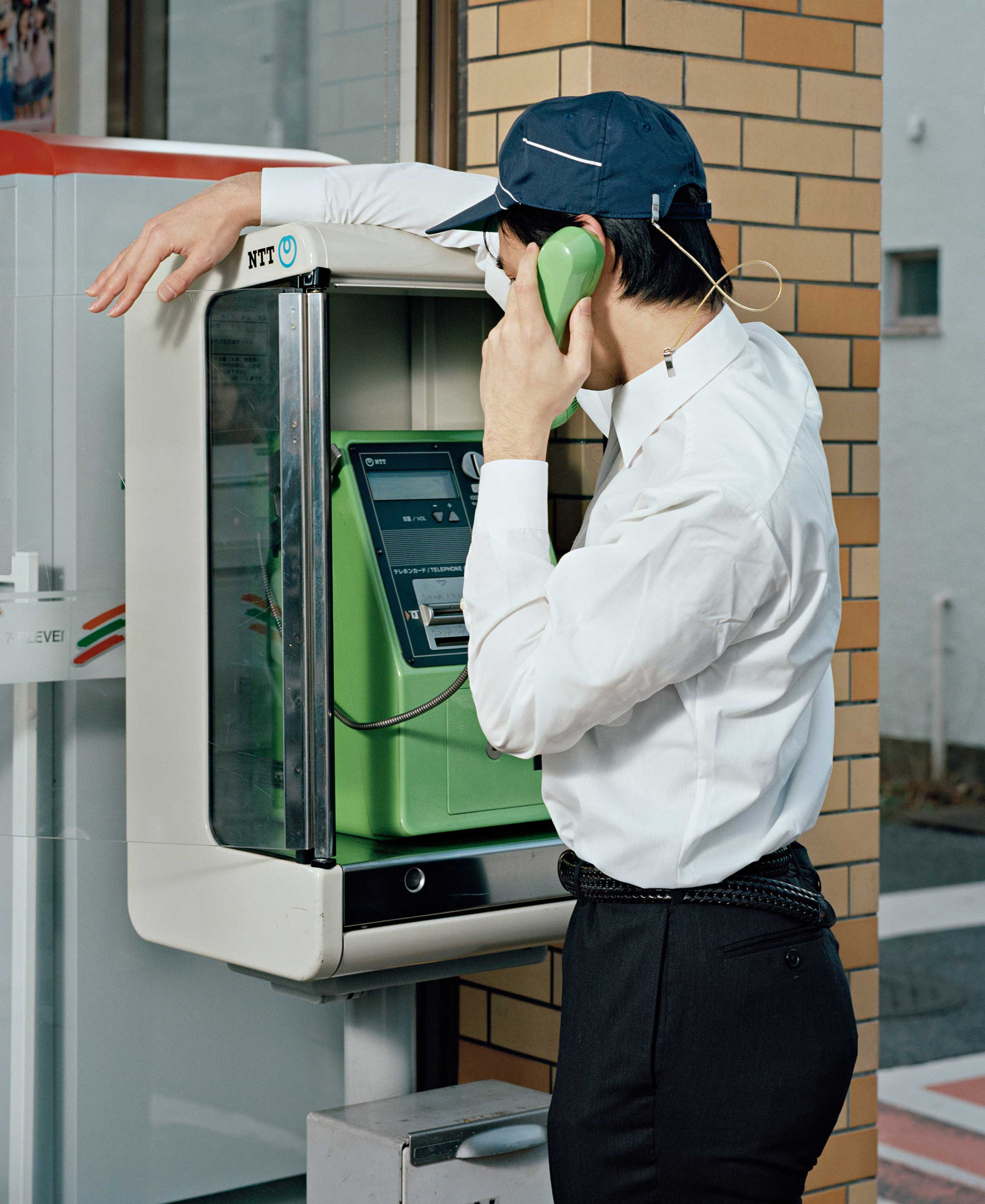
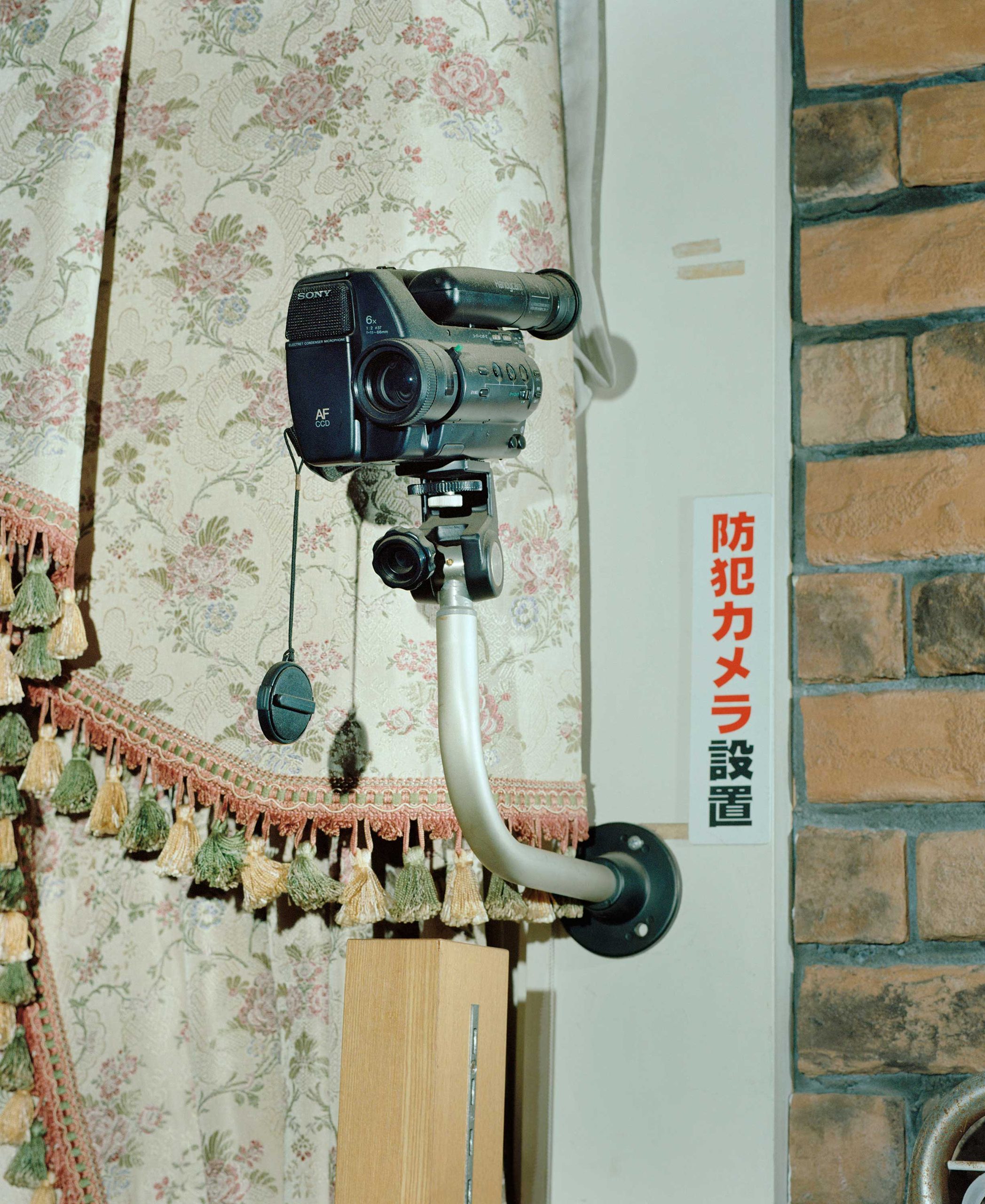
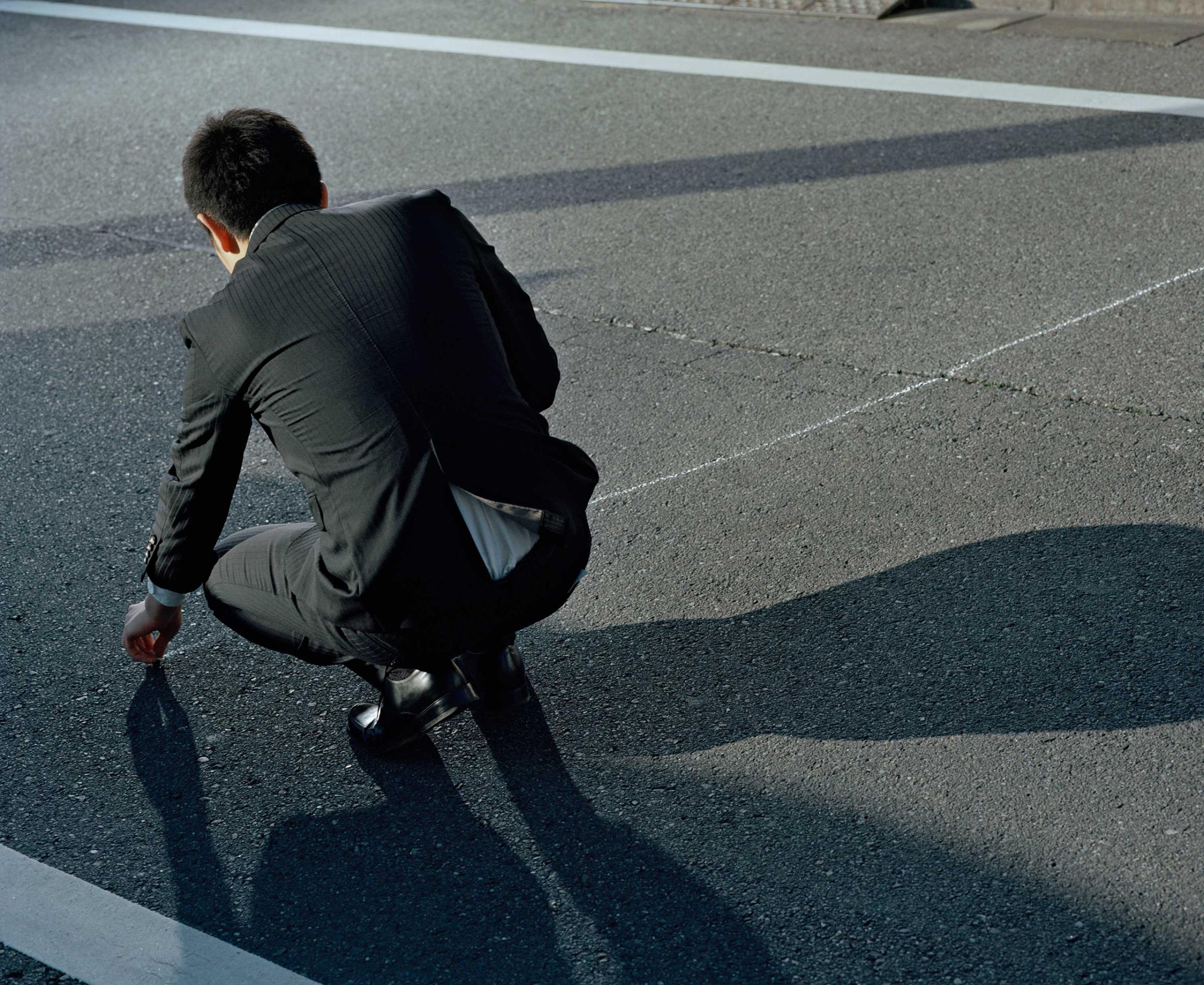









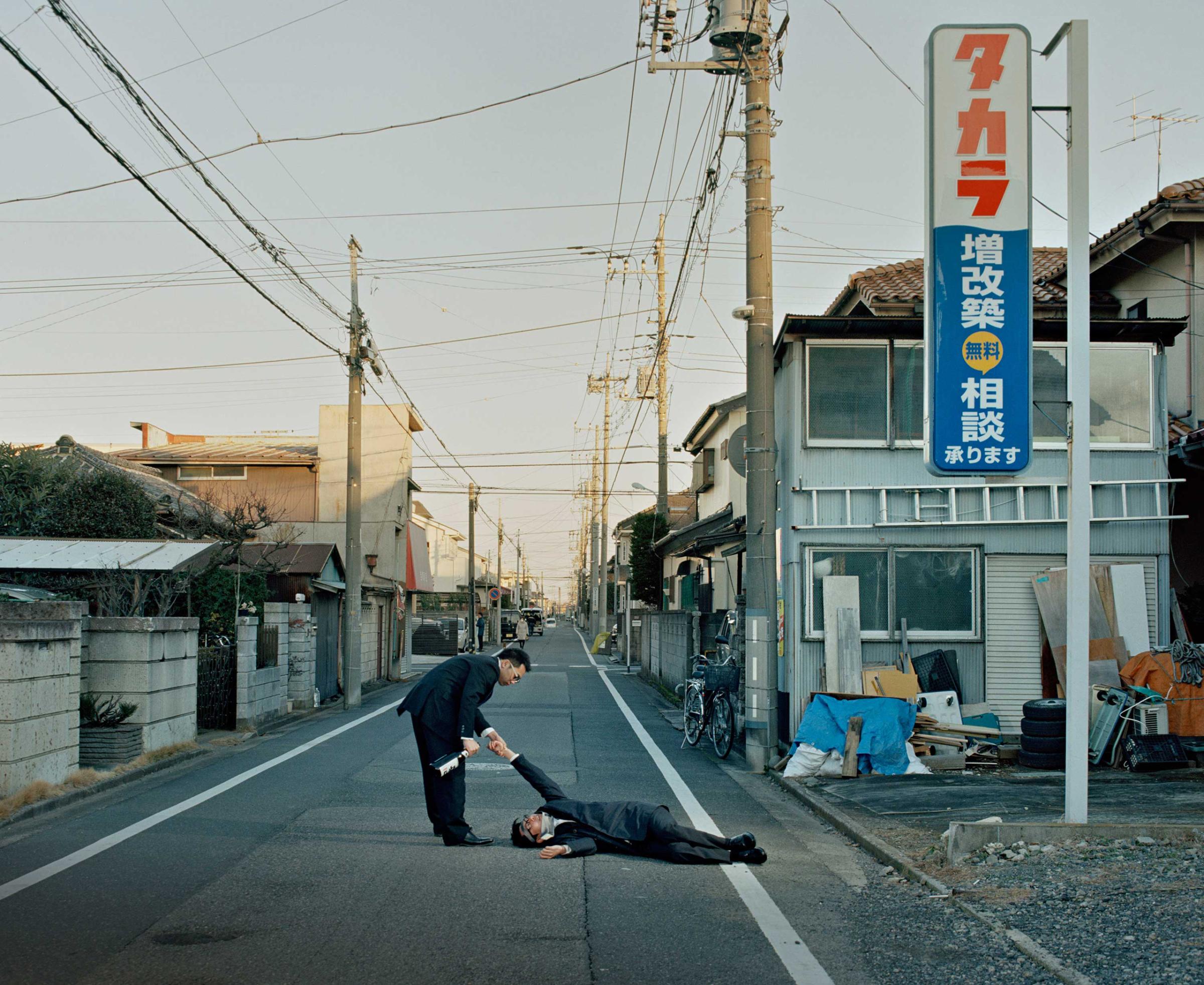
More Must-Reads from TIME
- Cybersecurity Experts Are Sounding the Alarm on DOGE
- Meet the 2025 Women of the Year
- The Harsh Truth About Disability Inclusion
- Why Do More Young Adults Have Cancer?
- Colman Domingo Leads With Radical Love
- How to Get Better at Doing Things Alone
- Michelle Zauner Stares Down the Darkness
Contact us at letters@time.com